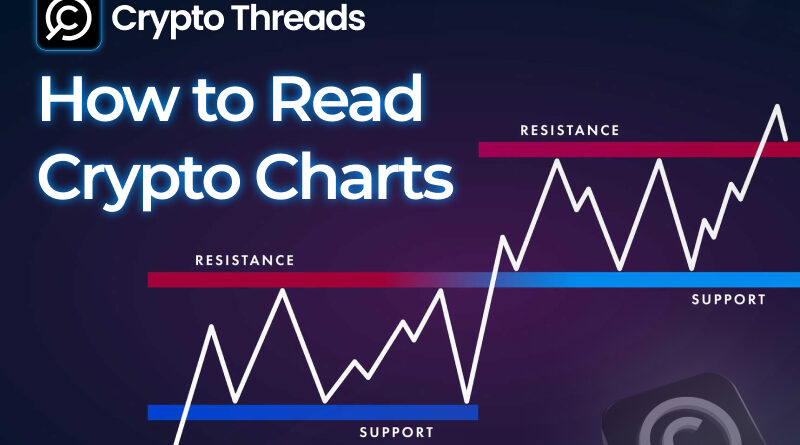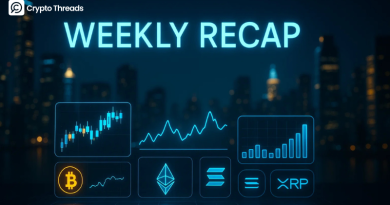How to Read Crypto Charts: A Timeless Guide to Mastering Technical Analysis
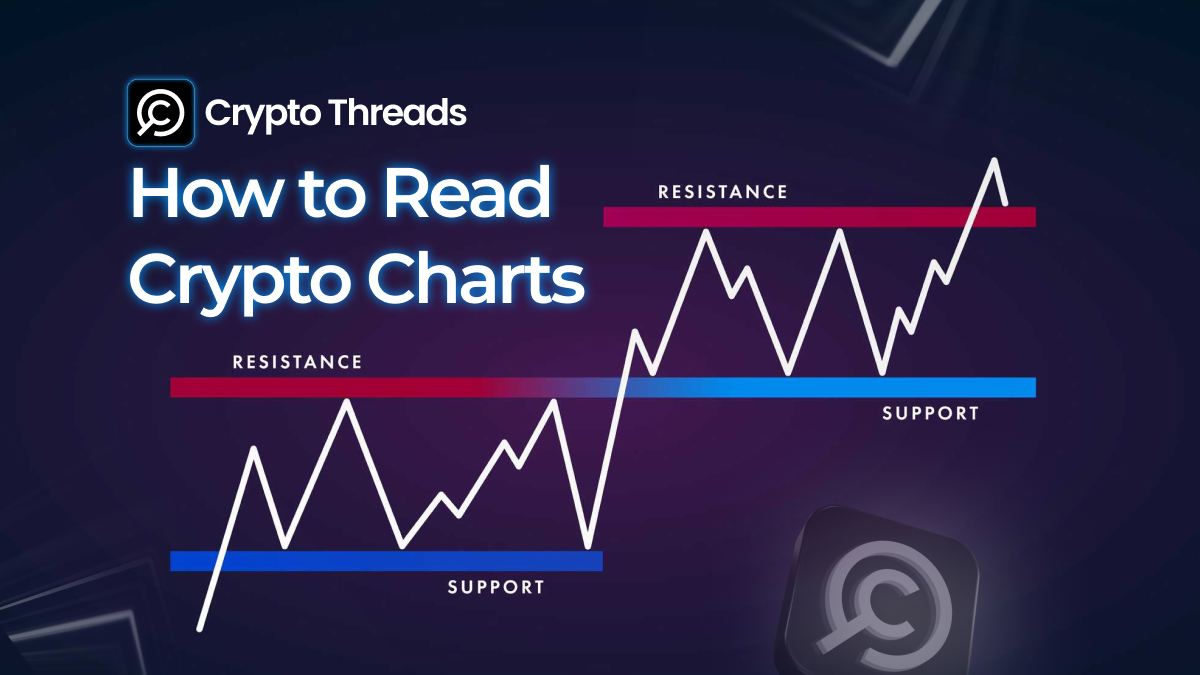
Why is Reading Crypto Charts Essential for Traders?
One of the key factors that separates successful crypto investors from speculators is the ability to analyze data rather than rely on chance. Technical analysis (TA), or reading and interpreting charts, is an indispensable skill for any trader or investor. By using past price data, traders can predict future market movements and make more informed decisions.
Reading crypto charts allows you to spot trends, identify key support and resistance levels, and predict where prices might be headed next. Whether you’re a short-term trader or a long-term investor, understanding how to analyze crypto charts is a powerful tool that helps manage risk and increase your chances of success.
What is a Crypto Chart?
A crypto chart is a graphical representation of price movements and trading volume of a cryptocurrency over time. These charts are the backbone of technical analysis, offering insight into past price performance to help predict future trends. They show essential data points, such as opening prices, closing prices, highs, lows, and volume traded, allowing traders to gauge market sentiment and behavior.
The most common types of charts used in crypto trading include line charts, bar charts, and candlestick charts. Each chart type provides unique insights depending on your trading strategy. Below, we’ll cover each one in detail to help you make better-informed decisions.
1. Line Chart
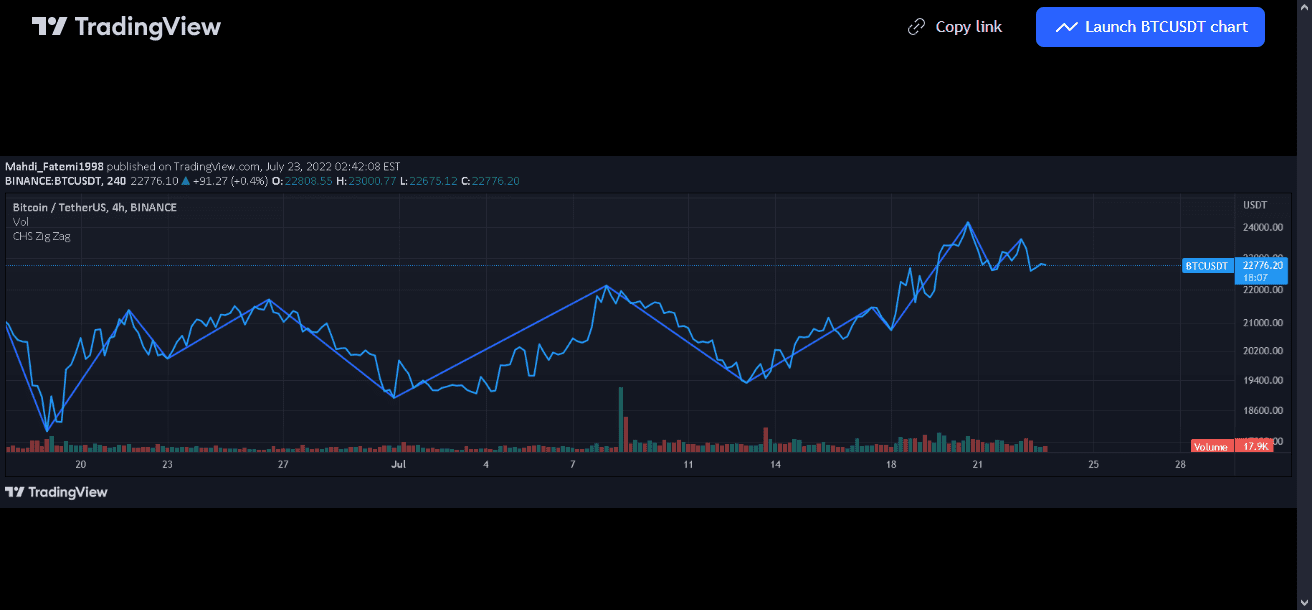
Chart showing cryptocurrency price trend
A line chart is the simplest type of chart, ideal for visualizing long-term trends in the market. This chart connects closing prices over a specified time period, forming a line that shows the overall direction of the price. It is most useful for identifying trends rather than detailed price movements.
2. Bar Chart (OHLC)
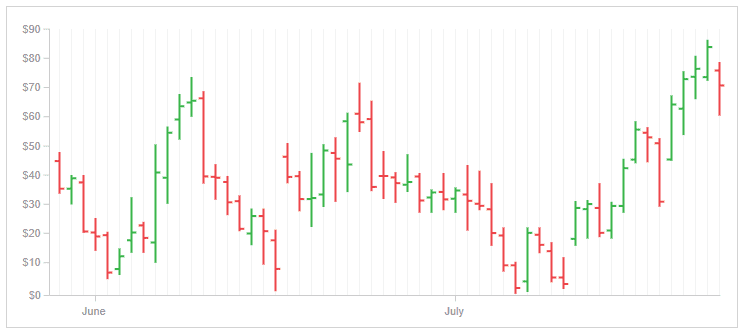
OHLC bar chart displaying open, high, low, and close prices
Bar charts, also known as OHLC (Open, High, Low, Close) charts, display more information than line charts. Each bar represents a time period (e.g., one day), with the vertical line showing the price range (high and low), and the horizontal tick marks indicating the open and close prices.
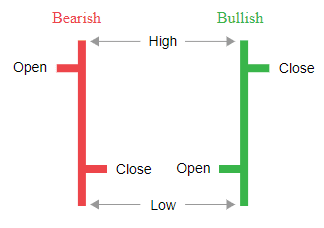
An OHLC Chart uses the y-axis for price and the x-axis for time.
3. Candlestick Chart
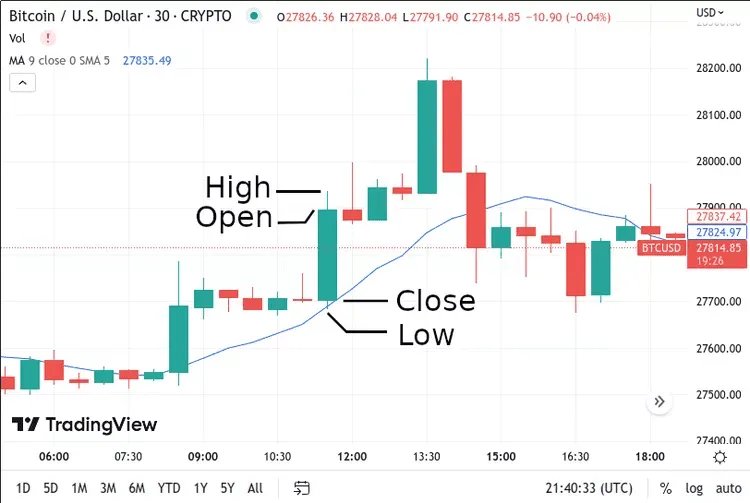
Candlestick chart displaying crypto price movement with bullish and bearish signals
The candlestick chart is one of the most popular chart types in crypto trading. Developed by Japanese rice traders, these charts provide a detailed visual representation of price action, using candlesticks to show the open, high, low, and close for a specific time frame. Candlesticks are color-coded (green for bullish, red for bearish) to help traders quickly assess market sentiment.
How to Read Crypto Charts: A Step-by-Step Approach
To effectively read a crypto chart, it’s crucial to understand the key elements each chart includes. Here’s a breakdown of the most important components:
By understanding these elements, you’ll be better equipped to identify trends and make informed decisions while analyzing the chart.
Key Crypto Chart Patterns
Recognizing specific chart patterns is essential for identifying potential price movements. Here are some of the most common chart patterns to look out for:
1. Shooting Star
A Shooting Star is a bearish reversal pattern that appears at the peak of an uptrend. It features a small body near the bottom with a long upper wick, indicating that price reached new highs but was unable to sustain it, suggesting a potential price reversal.
2. Inverted Hammer
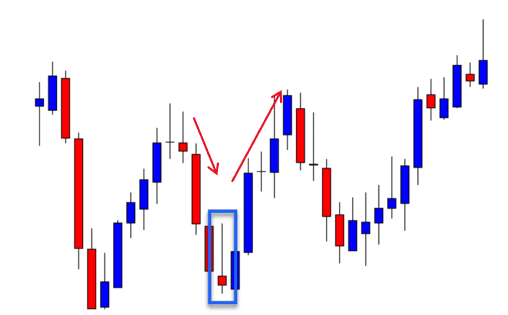
The Inverted Hammer pattern
The Inverted Hammer is a bullish reversal pattern that occurs after a downtrend. It has a small body at the bottom and a long upper wick, signaling potential buying pressure and a possible price rebound.
3. Head and Shoulders
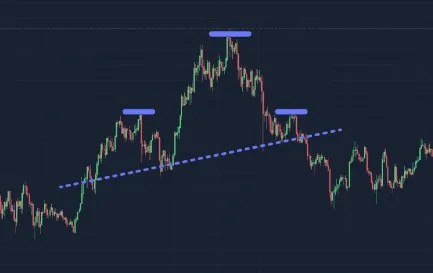
The Head and Shoulders pattern
The Head and Shoulders pattern is a bearish reversal formation with three peaks: the middle one (the head) is higher than the other two (the shoulders). A break below the neckline signals a downtrend.
Key Technical Indicators
To enhance your chart-reading skills, incorporating technical indicators can be highly beneficial. These indicators provide additional context about the strength of a trend, momentum, and potential entry/exit points. Here are some of the most commonly used technical indicators in crypto trading:
1. Moving Averages (SMA & EMA)
2. Relative Strength Index (RSI)
The RSI is a momentum oscillator that measures the speed and change of price movements. RSI values range from 0 to 100, with readings above 70 signaling an overbought market (potential sell) and below 30 signaling an oversold market (potential buy).
3. Moving Average Convergence Divergence (MACD)
The MACD is a momentum indicator that shows the relationship between two moving averages of an asset’s price. When the MACD line crosses above the signal line, it suggests a bullish signal, and when it crosses below, it indicates a bearish signal.
Conclusion
Reading crypto charts is a timeless skill that every trader should master. Whether you’re analyzing candlestick patterns, identifying chart formations, or using technical indicators like RSI and MACD, understanding these elements will help you make informed decisions and increase your chances of success in the crypto market.
By regularly practicing with real-time data and applying technical analysis, you’ll improve your ability to spot trends, predict price movements, and optimize your trading strategies. Remember, patience and consistency are key to mastering the art of crypto chart reading and thriving in this dynamic market.
